After Fire: A biography of Clifton Pugh
Hardie Grant Books, $65 hb, 592 pp
Christening the knife
Think of John Brack, or Fred Williams, and without effort or prompting a painting will come to mind. These names conjure up Brack’s urban figures with their blank yet expressive faces, or Williams’ minimalist landscapes. Instantly recognisable, they could have been painted by no one else. Yet their makers have never been celebrities. Brack’s Collins St, 5p.m. is more widely known than Brack the painter. Fred Williams always seemed too absorbed in his work to turn his face to the public. A portly figure in a suit, he was no one’s image of an artist. Arthur Boyd, so one of his friends wryly remarked, ‘sometimes backed shyly into the limelight’, but he was happiest away from the public gaze. Although the popular acclaim of the Ned Kelly paintings might well have obscured their creator, Sidney Nolan was tough and confident enough to emerge into a blaze of publicity (expertly kindled by John and Sunday Reed) and to withdraw when he pleased.
In Clifton Pugh, the personality is on show, and in spite of the quality of much of his work, he is best remembered for an exuberant way of life, with never-ending parties at his artists’ commune in semi-rural Victoria, his three marriages and many affairs, his commitment to the environment and Aboriginal rights, in which he was ahead of his time, and his political activism.
In her substantial biography After Fire, Sally Morrison struggles to interpret a man of contradictions and to chronicle his overcrowded life. It appears so soon after Judith Pugh’s Unstill Life: Art, Politics and Living with Clifton Pugh (2008) that its usefulness might be questioned. But Judith Pugh, third wife of the artist, limited her book to the ten years she spent as muse, model, and manager at the mudbrick house at Cottles Bridge (named, with self-conscious ockerism, Dunmoochin), and on Pugh’s overseas travels. Her book is memoir, not biography, and she makes no apologies for placing herself in the foreground.
Continue reading for only $10 per month.
Subscribe and gain full access to Australian Book Review.
Already a subscriber? Sign in.
If you need assistance, feel free to contact us.
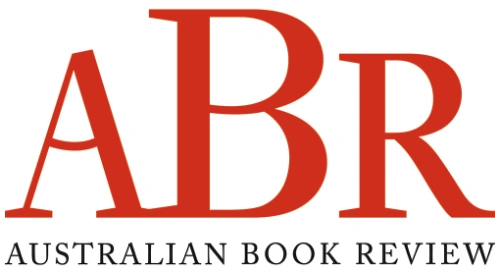


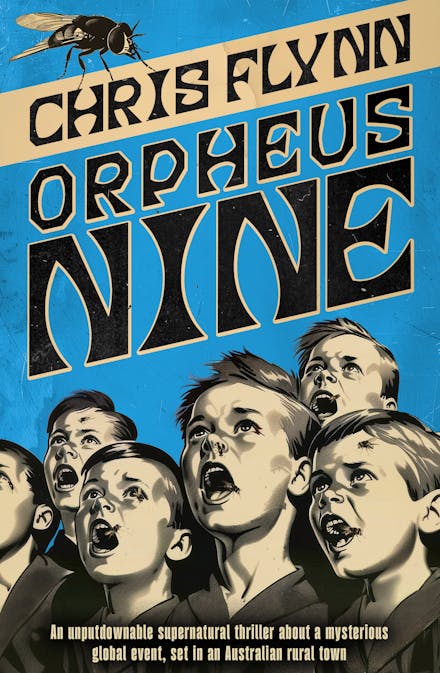

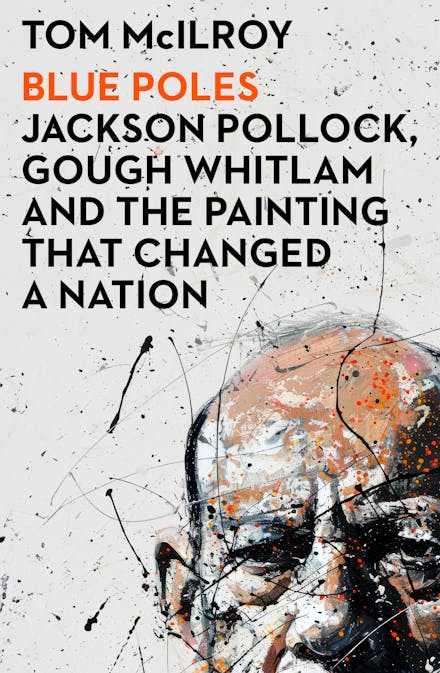
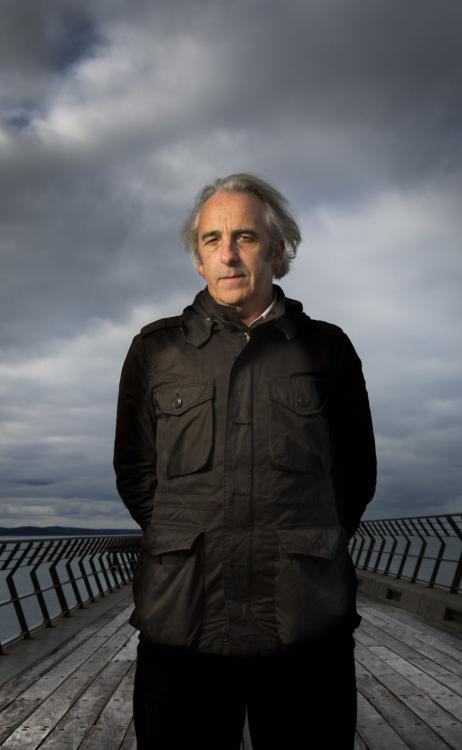
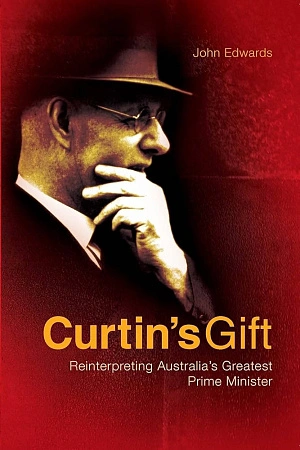
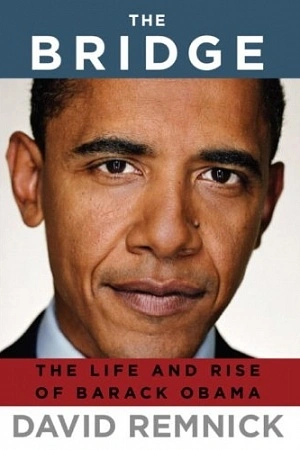





Leave a comment
If you are an ABR subscriber, you will need to sign in to post a comment.
If you have forgotten your sign in details, or if you receive an error message when trying to submit your comment, please email your comment (and the name of the article to which it relates) to ABR Comments. We will review your comment and, subject to approval, we will post it under your name.
Please note that all comments must be approved by ABR and comply with our Terms & Conditions.